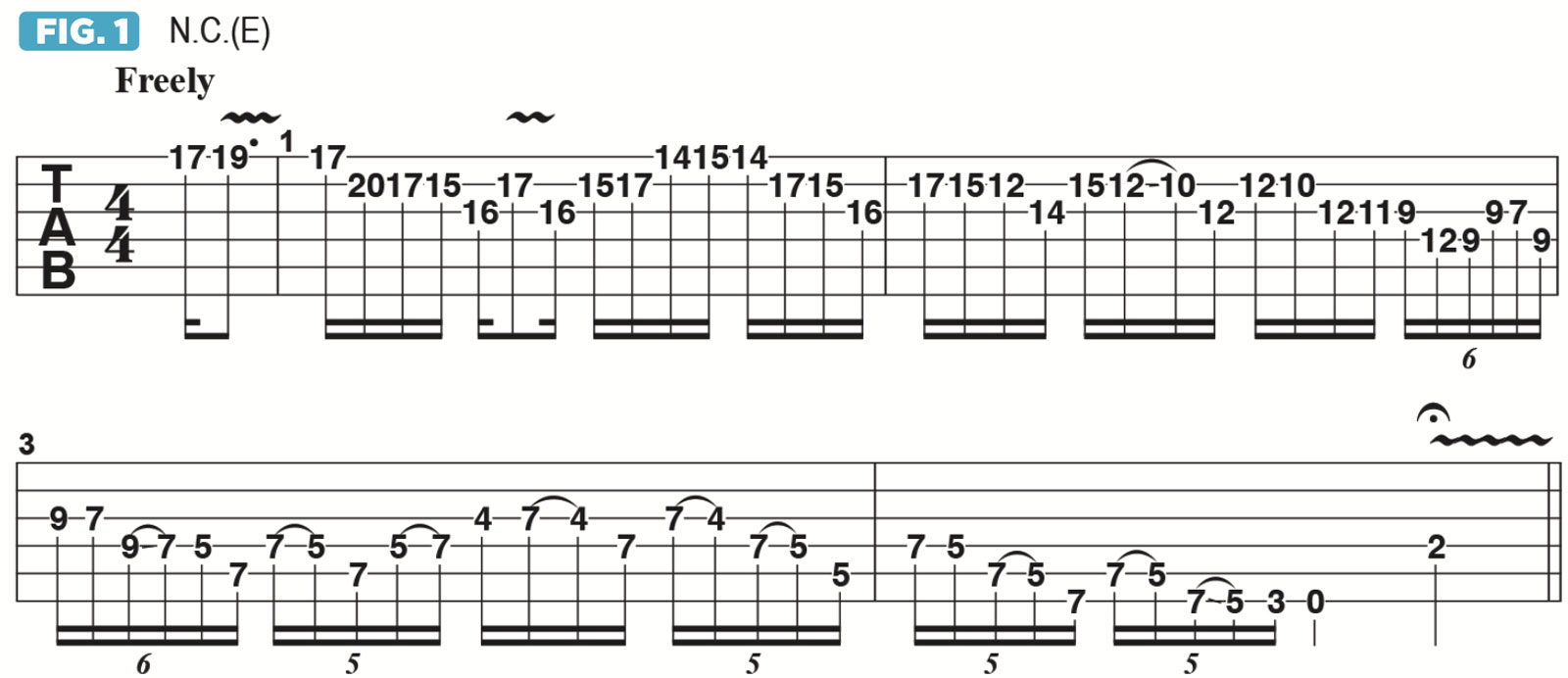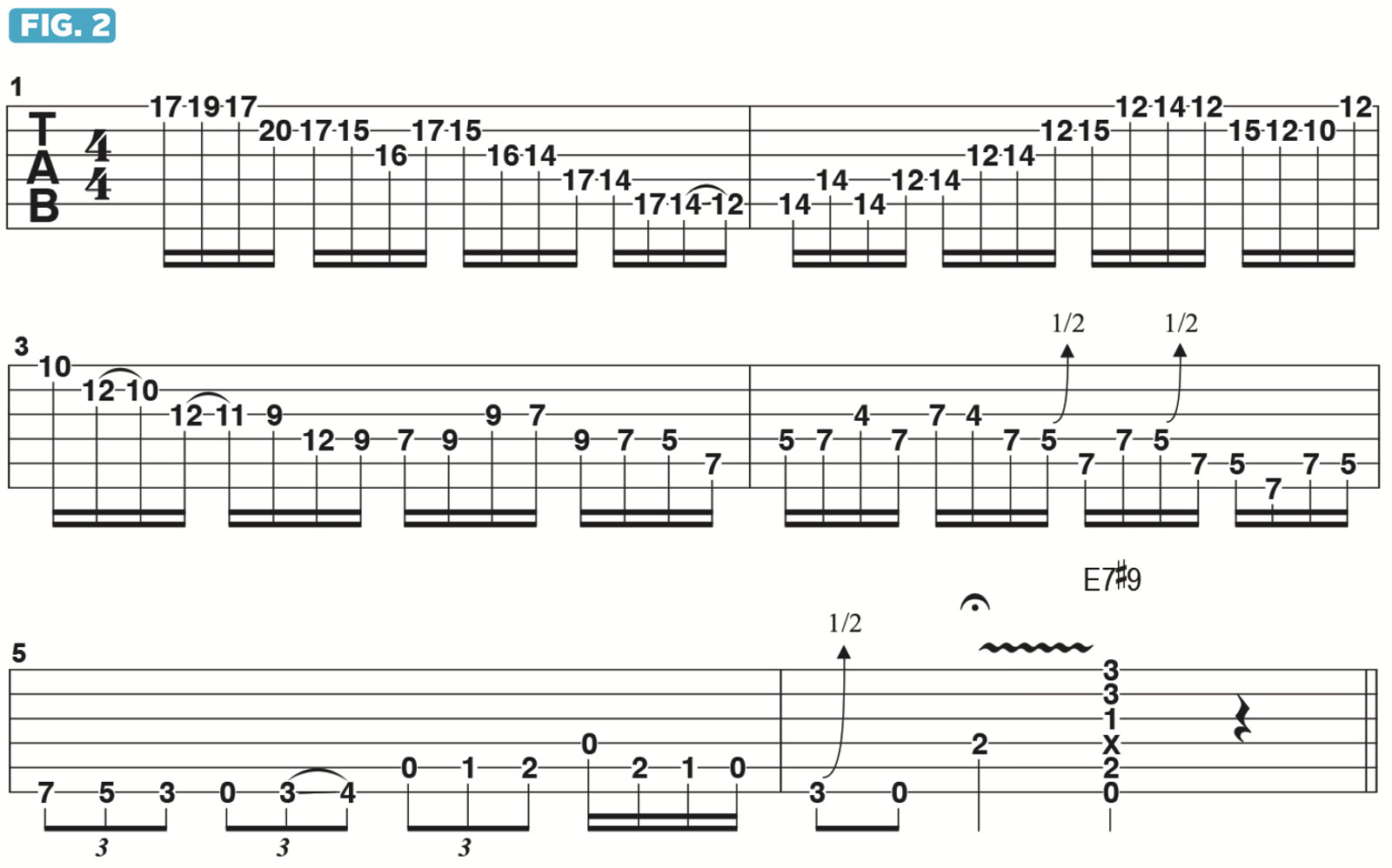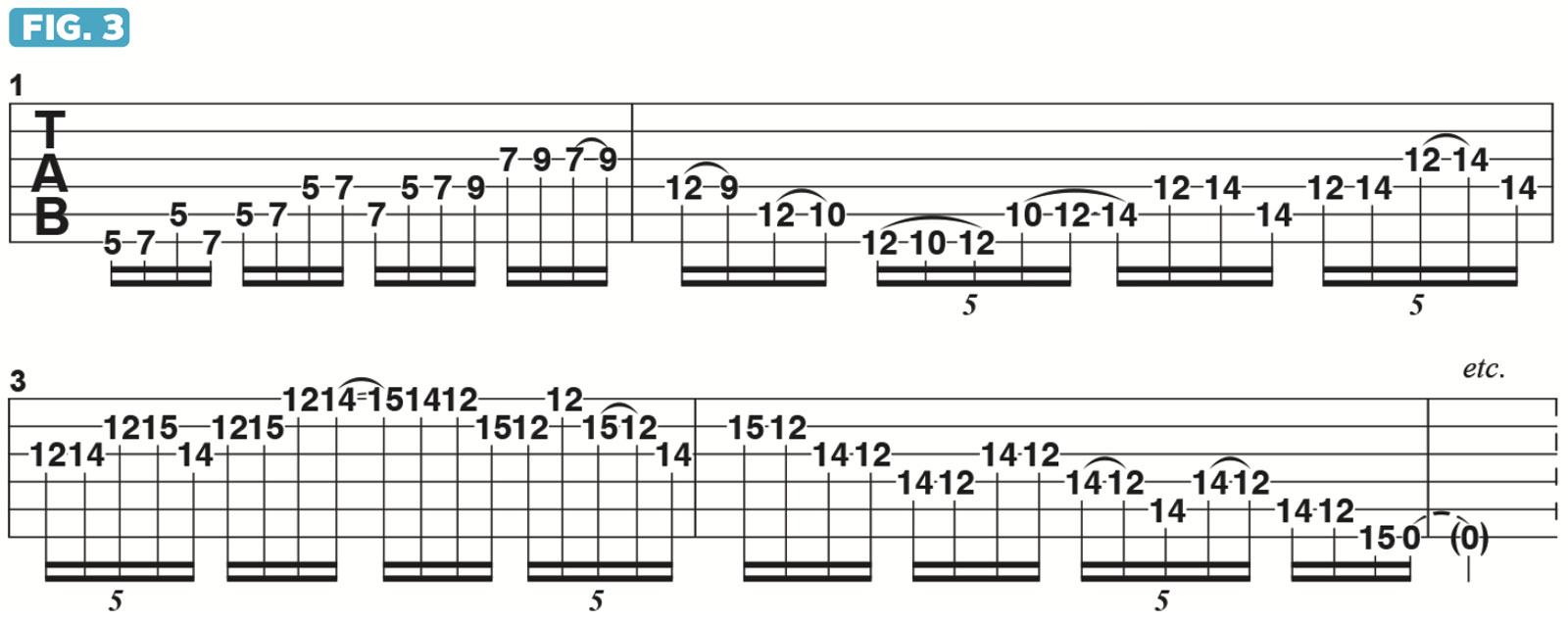Joe Bonamassa shows you how to connect pentatonic boxes to find new musical ideas
The latest lesson from the blues-rock maestro will open up new fretboard paths between familiar shapes and to help bust you out of a rut
This month, we’ll continue investigating ways to find new ideas and musical inspiration to help break out of a soloing rut. Many blues and rock players learn how to devise single-note licks by studying the “box” patterns for scales like minor and major pentatonic.
By “boxes,” I’m referring to fretboard shapes wherein all of the notes of the scale fall within three or four frets.
One of the best ways I’ve found to break out of a rut when soloing and mine new musical territory is to move from one box and fretboard position to another as a line progresses, taking advantage along the way of what each new fretboard “destination” will yield.
Last month, we looked at connecting various positions of E minor pentatonic (E, G, A, B, D). The first step is to delineate the patterns as they fall within each box, such as staying within the first five frets, and also locating the notes of E minor pentatonic as they fall in higher positions.
A great place to start is up high on the neck, as shown in Figure 1. I start the phrase in 17th position, but by the last 16th note of beat 1, I’ve already moved down to 15th position. Bar 2 initiates a shift down to 12th position, and by beat 2, the shift continues downward, to 10th, 9th and 7th positions.
The trend continues as I move down to 5th, 4th, 3rd and then open position, stringing together a long flow of notes that, hopefully, sounds more musical than just an exercise for shifting through scale positions.
Figure 2 breaks down these shifts in a clear way, as I move more slowly from one box to the next. Notice the slight differences in the ways in which I navigate from one area to the next, as these phrases differ from those in Figure 1.
All the latest guitar news, interviews, lessons, reviews, deals and more, direct to your inbox!
I’ve put a lot of time into studying and practicing these positional shifts, so that I can incorporate their benefits without the licks sounding too worked out.
The whole point is to study these shifts so that they can be relied upon as a tool for free musical expression and invention. As you explore the many ways to connect the boxes, note the various routes you can take.
The slightest deviation in where you shift can result in completely different phrasing options. In Figure 3, the phrases move in reverse, as we begin lower on the fretboard and then ascend.
When you’re in the heat of jamming with other musicians and another guitarist is playing in one area of the fretboard, you can observe that and compliment it by staying “out of the way” and focusing on a different part of the neck. Studying these scale positions in this way will make those options more accessible and readily available to you.
Joe Bonamassa is one of the world’s most popular and successful blues-rock guitarists – not to mention a top producer and de facto ambassador of the blues (and of the guitar in general).




